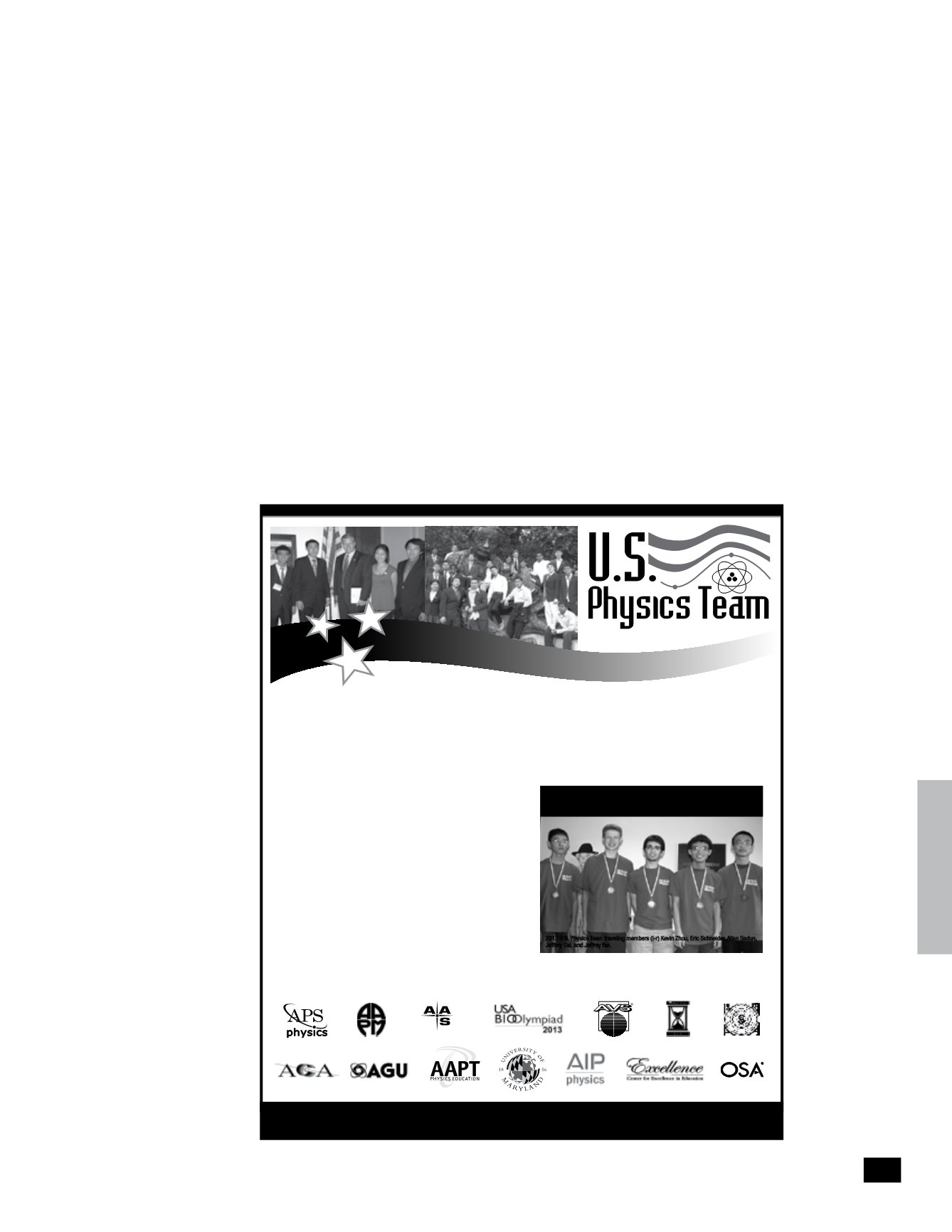
99
January 4–7, 2014
Tuesday afternoon
this area often need to exchange ideas, concepts and perspectives of
their discipline with others. A great interest has been exhibited recently
to identify if a different knowledge base and skills are necessary to
exchange as well as understand such ideas, concepts, perspective and
challenges across the disciplines. Examination of PhD researchers’
lived experiences of ?researching in the nanoscience and nanotechnol-
ogy area? can uncover how researchers approach complex disciplinary
integration and further what knowledge base and skills they actually
apply during their research. We have conducted in-depth phenom-
enological interviews with the PhD researchers (
n
=15) working in
nanotechnology area and examined their lived experiences with Van
Manen’s hermeneutic phenomenology. The PhD researchers’ reflections
about their own experiences, the authors’ interpretation and dialogue
with the research text (transcripts) in hermeneutical circles provided a
broader understanding of how the PhD researchers perceive and work
in this area.
*
School of Physics, Dublin Institute of Technology (Travel grant)
PST3A16: 3-3:45 p.m. The Physics of Smart Phone
Sensors
Poster – Al J. Adams, University of Arkansas at Little Rock, 2801 S Uni-
versity Ave., Little Rock, AR 72204-1099;
Surveys of our students show that approximately 90% of them now
carry a smart mobile device. These come equipped with a variety of
physical sensors and as such are starting to show up in the physics
classroom and laboratory as measurement tools. Here I will review
the recent literature for smart phone and tablet applications in physics
instruction and describe three of the popular sensors: the 3-axis ac-
celerometer, the proximity sensor, and the magnetic field sensor. These
illustrate inertial bending of cantilever beams and capacitive transduc-
ers, semiconductor optical detectors, and the Hall Effect magnetometer.
The physics behind these systems is within reach of our introductory
students. I will suggest ways that physics instructors can use these sen-
sors, specifically their construction and operation, as ready applications
of principles presented in the introductory courses.
PST3A17: 3:45–4:30 p.m. Paraxial Geometrical Optics:
A Study of 2-Dimensional Image Distortion
Kandiah Manivannan, Missouri State University, Springfield, MO 65897;
Anjali Manivannan, New York University
Optical aberration is a distortion in the image formed by an optical
system such as a lens or mirror. Minimizing such effects is extremely
important in designing optical instruments such as microscope and
telescopes. We study the distortions of images produced by a
vertical
or
horizontal 1-D liner object
, and a
vertical
or
horizontal 2-D plan-
er object
, placed in front of spherical mirror or lens. This distortion
occurs due to the different
transverse
and
longitudinal
magnifications
of the object. Ray tracing and lens formulas are very powerful tools
for gaining deeper insight into optical image formation. Using Excel
spreadsheets we show the instant image formations of 1-D and 2-D
objects such as a vertical line, rectangle, triangle, and various
irregular
2-D objects. We demonstrate that even in the simplest case of paraxial
optics, transverse magnifications behave as expected, but longitudinal
magnifications are affected differently, producing distorted images.
One Physics Ellipse • College Park, MD 20740-3845
aapt.org • aip.org
Organized by the American Association of Physics Teachers (AAPT) and funded by member
societies of the American Institute of Physics and other generous donors, this physics
community initiative encourages excellence in physics education while rewarding outstanding
physics students.
Each year high school students compete in
the F
net
=ma exam contest in early January. Top
scorers advance to the semi-final round. AAPT
then uses the semi-final exam to recruit those
students most qualified to compete in the Annual
International Physics Olympiad (IPhO).
The U.S. Physics Team Program provides a once-
in-a-lifetime opportunity for students to enhance
their physics knowledge as well as their creativity,
leadership and commitment to a goal.
Support the United States Physics Team Program
AmericanAstronomicalSociety
2012U.S.PhysicsTeam travelingmembers (l-r)KevinZhou,EricSchneider,AllanSadun,
JeffreyCai,and JeffreyYan.
Support the U.S. Physics Team at:


